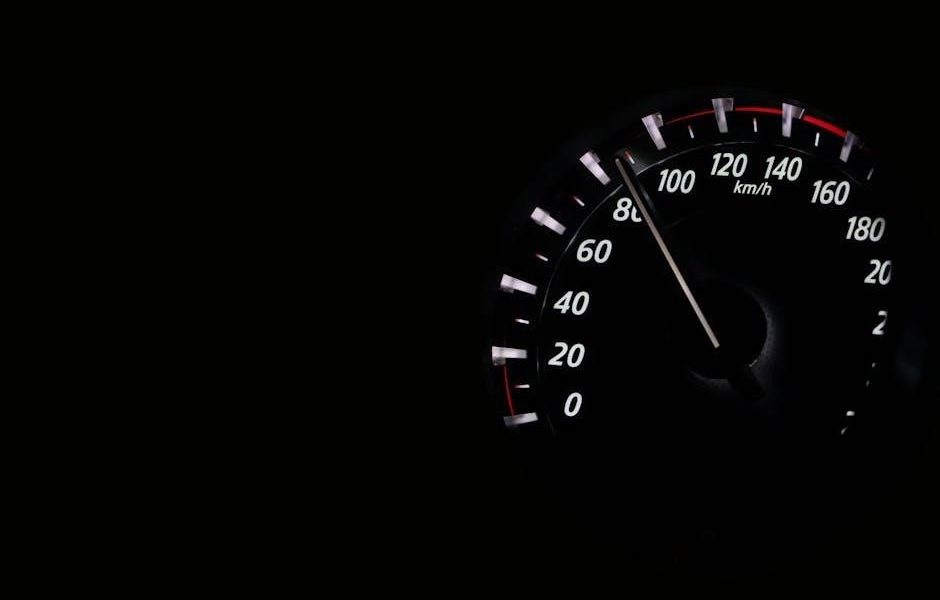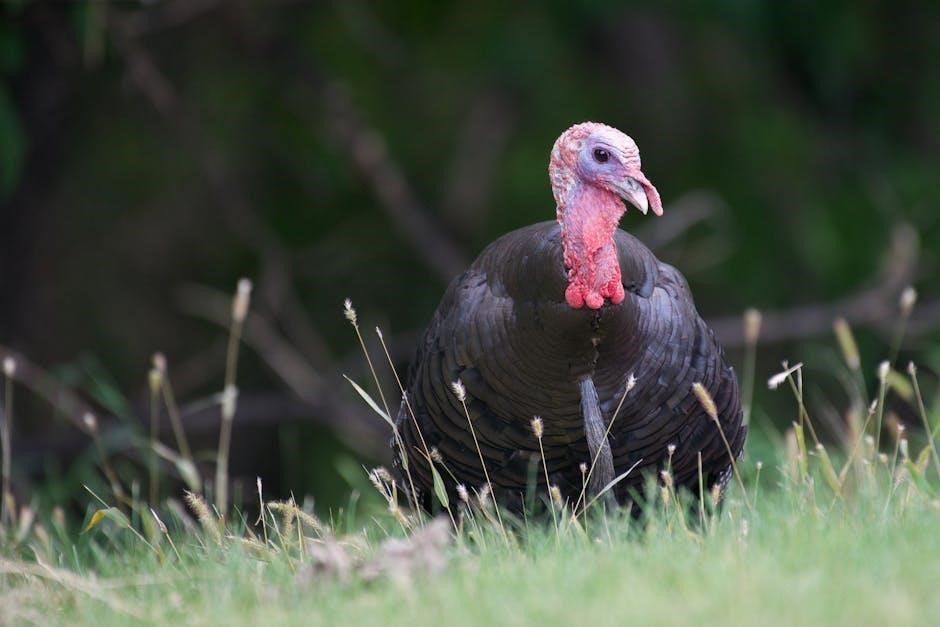Needle Guide: Types and Uses
Navigating the world of sewing needles can be daunting. This guide offers insights into various types and their specific applications. Understanding needle properties ensures professional results and smooth stitching. Dive into the world of hand sewing and machine needles, tailoring your needle to the fabric and project for perfect results.
Choosing the right needle is crucial for successful sewing projects. This introduction explores the diverse world of sewing needles, highlighting their importance in achieving professional-looking results. A comprehensive needle guide will improve your sewing experience, whether you’re a beginner or experienced. Understanding needle types guarantees a smooth process. This guide details the various types of needles and their specific applications.
Needles are the backbone of any fabric project, ensuring quality and efficiency. Selecting the correct needle enhances your ability to work with different fabrics. The needle’s sharpness and size impact the final stitch quality. Knowing when to replace needles is vital for maintaining optimal sewing performance. This ensures each project is executed with precision.
With the correct needle, the project flows more easily, enhancing your skill and enjoyment. The guide will help you find the perfect needle for the job.
Hand Sewing Needles
Hand sewing needles are indispensable tools for various sewing, mending, and crafting tasks. This section delves into the world of hand sewing needles, exploring different types and their specific uses. Hand sewing offers precision and control, especially for delicate work or intricate details. Selecting the right needle ensures comfort and efficiency. Understanding the nuances of each type enhances your ability to create beautiful, durable hand-sewn projects.

Sharps, known for their sharpness, are ideal for general sewing. Darning needles, with their long eyes, are perfect for mending and darning. Curved repair needles tackle difficult tasks like sewing fabric boxes. Leather needles are specialized for working with tough materials. Tapestry needles are designed for needlepoint and cross-stitch. Embroidery needles make threading easier when using multiple strands. Quilting needles facilitate quick and even stitching, while beading needles are perfect for adding beads to fabric.
Milliners needles are traditionally used in hat making. Each needle type enhances specific tasks, ensuring optimal results.
Sharps
Sharps are the quintessential all-purpose hand sewing needles, making them a staple in any sewist’s toolkit. These needles are characterized by their medium length, sharp point, and round eye, allowing for smooth and efficient stitching across various fabrics. Their versatility makes them ideal for an array of sewing tasks, from basic seams to intricate detail work.
Sharps are particularly well-suited for woven fabrics like cotton, linen, and silk, providing clean and precise stitches. Their sharp point easily penetrates the fabric, minimizing snags and ensuring a professional finish. Whether you’re a beginner or an experienced sewer, sharps are a reliable choice for most hand sewing projects.
If you only decide to buy one type of needle, it should be Sharps! The term “Sharps” itself speaks to their most important characteristic. With their versatility, you cannot go wrong with this selection.
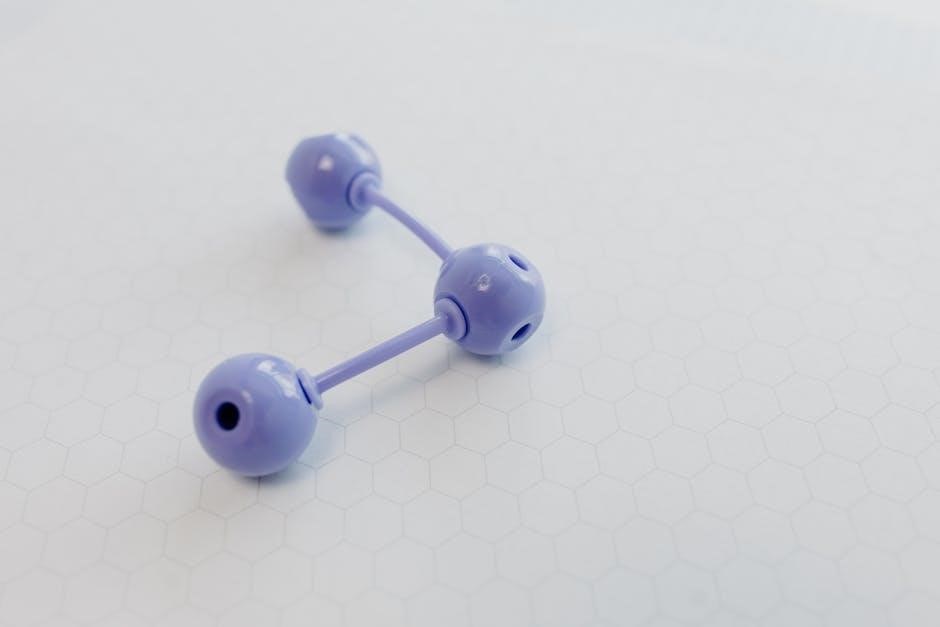
Darning Needles
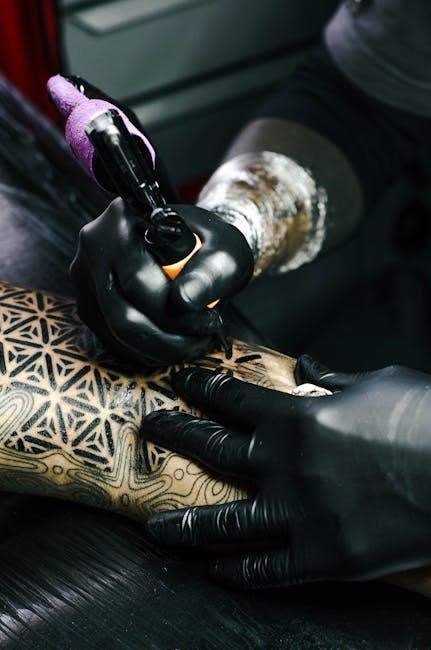
Darning needles are specifically designed for mending and repairing fabrics, particularly knitwear and woven materials. These needles are characterized by their long eye, which allows for easy threading with thicker yarns and threads commonly used in darning. The long eye also accommodates multiple strands of thread, making it easier to create strong and durable repairs.
Darning needles typically have a blunt or rounded point to prevent snagging or damaging the existing fabric during the mending process. The length of the needle provides ample space for maneuvering through the fabric and creating secure stitches. These needles come in various sizes to accommodate different yarn weights and fabric thicknesses.
Whether you’re repairing a hole in a sock or reinforcing a worn area on a garment, darning needles are essential tools for extending the life of your textiles. They are available in short and long varieties and also as yarn darners.
Short Darners
Short darners are a specific type of darning needle characterized by their shorter length compared to standard darning needles. These needles are particularly useful for mending smaller holes or tears in fabric, as well as for intricate darning work where precision is required. The shorter length of the needle provides greater control and maneuverability, allowing for more accurate stitch placement.

Like other darning needles, short darners feature a long eye to accommodate thicker yarns and threads. They typically have a blunt or rounded point to avoid snagging delicate fabrics. Short darners are often preferred for darning socks, gloves, and other small items where a longer needle might be cumbersome.
Their compact size also makes them ideal for carrying in sewing kits or travel cases. Whether you’re a seasoned mender or just starting out, short darners are a valuable addition to your needle collection, offering versatility and precision for a variety of darning tasks.
Long Darners
Long darners, as the name suggests, are characterized by their extended length, setting them apart from their shorter counterparts. These needles are specifically designed to tackle larger holes and tears in fabric, providing ample reach and leverage for efficient mending. Their length also proves advantageous when basting layers of fabric together, ensuring even distribution and stability.
The elongated body of long darners allows for the creation of longer stitches, making them ideal for reinforcing weakened areas or seamlessly blending patches into the surrounding material. Their long eye easily accommodates thicker yarns and threads commonly used in darning. Furthermore, these needles are invaluable when layering fabrics, particularly during quilting or garment construction.
The added length facilitates secure basting, preventing shifting or puckering while you stitch. Whether you’re mending heirloom textiles or constructing intricate designs, long darners offer the reach and versatility needed to achieve professional-quality results. Their robust construction and dependable performance make them an essential tool for any sewing enthusiast.
Yarn Darners
Yarn darners are specifically crafted for mending tasks involving yarn, excelling at spanning large holes and reinforcing knitted or crocheted items. These needles are distinguished by their long bodies and exceptionally large eyes, easily accommodating the thicker strands of yarn typically used in these repairs. Sizes 14/18 are particularly useful for sewing pieces of knitting or crochet together.
The generous eye size allows multiple strands of yarn to be threaded simultaneously, streamlining the mending process and ensuring a secure, durable repair. Their length provides ample reach, enabling you to bridge gaps and seamlessly integrate new yarn into the existing fabric. Yarn darners are also ideal for weaving in loose ends, creating a clean and professional finish.
Whether you’re repairing a beloved sweater or joining intricate crochet motifs, yarn darners provide the precision and control needed to achieve flawless results. Their robust construction ensures they can withstand the rigors of working with thicker materials, making them an indispensable tool for any fiber artist or mender.
Curved Repair Needles
Curved repair needles offer a unique advantage when tackling sewing projects in tight or awkward spaces. Their distinctive curved shape allows access to areas that straight needles simply cannot reach, making them invaluable for a variety of repair and crafting tasks. These needles are particularly well-suited for projects like sewing fabric boxes together and repairing delicate lampshades.
The curve allows for a more natural stitching motion in confined areas, reducing strain and improving precision. Instead of struggling to maneuver a straight needle, the curved design follows the contours of the project, creating smooth, even stitches. Imagine effortlessly repairing the corner of an upholstered chair or seamlessly attaching fabric to a lampshade frame.
Beyond repairs, curved needles are also useful in crafting projects where a curved seam is desired or where access is limited. From doll making to bookbinding, the possibilities are endless. With their ability to navigate challenging angles, curved repair needles are a must-have addition to any sewer’s toolkit, providing versatility and control in every stitch.
Leather Needles
Leather needles are specifically designed to penetrate the tough and dense structure of leather, suede, and other heavy-duty materials. Unlike regular sewing needles, leather needles feature a specialized cutting point that slices through the leather fibers, creating a clean and precise hole for the thread to pass through. This reduces stress on the material and prevents skipped stitches.
Available for both hand and machine stitching, leather needles come in various sizes to accommodate different thicknesses of leather. When selecting a leather needle, it’s essential to match the needle size to the weight of the leather and the thickness of the thread being used. Using the wrong needle size can result in broken needles, uneven stitches, or damage to the leather.
Whether you’re crafting a leather wallet, repairing a leather jacket, or creating a custom leather accessory, using the right leather needle is crucial for achieving professional-looking results. Their ability to effortlessly pierce through tough materials makes them an indispensable tool for any leatherworker, ensuring durability and a flawless finish.
Tapestry/Cross Stitch Needles
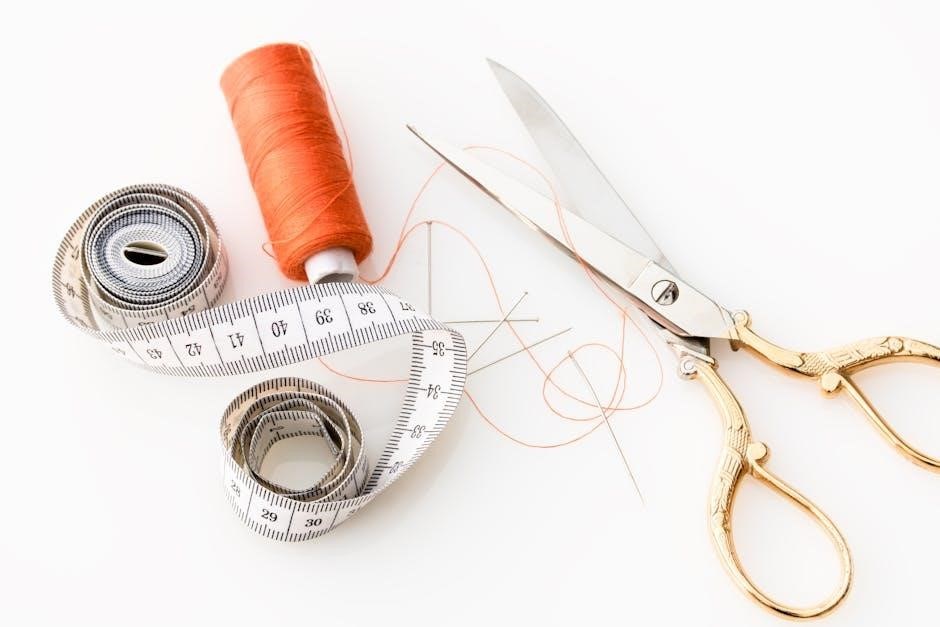
Tapestry and cross-stitch needles are essential tools for creating intricate needlepoint, petit point, counted cross-stitch, and plastic canvas projects. These needles are designed with a large eye to easily accommodate thicker threads, such as embroidery floss or tapestry wool. The blunt, rounded point is specifically crafted to glide smoothly through the fabric without splitting the fibers.
The rounded point of tapestry needles is crucial for working on even-weave fabrics, where the goal is to pass the needle through existing holes rather than piercing new ones. This prevents damage to the fabric and ensures that each stitch is uniform and precise. The large eye also makes threading easier, especially when using multiple strands of thread.
Available in various sizes, tapestry needles are selected based on the fabric count and the thickness of the thread. Smaller sizes are ideal for finer fabrics, while larger sizes are better suited for coarser materials. Whether you’re a beginner or an experienced needleworker, using the right tapestry needle is essential for achieving professional-looking results on your needlepoint and cross-stitch projects.
Embroidery/Crewel Needles
Embroidery and crewel needles are specifically designed to facilitate the art of surface embroidery, accommodating thicker, multi-strand threads with ease. The defining feature of these needles is their elongated eye, which simplifies the threading process, particularly when working with several strands of embroidery floss or crewel wool. This reduces frustration and allows for smoother stitching.
The shaft of embroidery needles is typically of medium length, providing a balance between control and maneuverability. While the point is sharp enough to pierce fabric, it is designed to minimize snagging or damage to the fibers. Common sizes range from 1 to 12, with larger numbers indicating finer needles. Sizes 7 and 9 are frequently used for general embroidery.
These needles are suitable for various embroidery techniques, including surface stitching, counted thread work, and crewel embroidery. Their versatility and ease of use make them a staple in any embroiderer’s toolkit. Whether you’re embellishing garments, creating decorative pieces, or exploring intricate needlework, embroidery needles are indispensable for achieving professional results and bringing your creative visions to life.
Chenille Needles
Chenille needles are characterized by their large eye and sharp point, making them ideally suited for crewel and ribbon embroidery. These needles are designed to accommodate thicker threads and ribbons, facilitating the creation of textured and dimensional designs. The large eye allows for easy threading, even with multiple strands or wide ribbons, while the sharp point ensures smooth penetration through various fabric types.
Sizes typically range from 13 to 26, with 16 to 26 being the most popular. Smaller sizes (13 and 14) are commonly used for heavier and coarser fabrics. The robust construction of chenille needles ensures durability and prevents bending or breakage, even when working with dense materials.
Chenille needles are indispensable for adding depth and texture to embroidery projects. They are perfect for creating raised elements, intricate details, and bold statements. Whether you are a seasoned embroiderer or a beginner, chenille needles will elevate your needlework and inspire creativity.
Quilting Needles
Quilting needles are specifically designed to meet the demands of quilt making. They are characteristically short and fine, featuring a rounded eye that minimizes fabric snagging and facilitates smooth passage through multiple layers of fabric and batting. The shorter length of quilting needles allows for quick and even stitching, enabling quilters to create precise and consistent stitches.
Sizes typically range from 5 to 12, with sizes 7 and 8 being recommended for beginners. These sizes offer a balance between ease of handling and stitch precision. Big Eye Quilting needles, designed with a larger eye, are also available in size 10, catering to those who may have difficulty threading smaller needles.
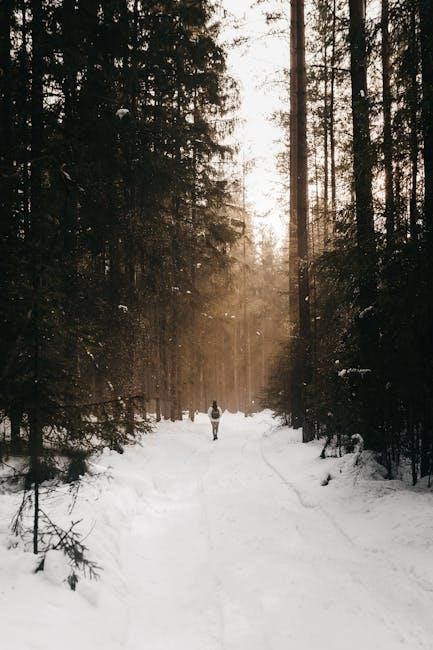
Quilting needles are essential for achieving professional-looking results in quilting projects. Their unique design ensures that stitches are even, consistent, and secure, resulting in a beautifully finished quilt. Whether you are piecing, appliquéing, or quilting, selecting the right quilting needle will enhance your experience and the quality of your work.
Beading Needles

Beading needles are specialized tools crafted for working with beads, pearls, and sequins. These needles are exceptionally fine and long, featuring elongated eyes that accommodate the threading of delicate beading threads. Available in sizes ranging from 10 to 15, beading needles are essential for threading and stringing pearls, as well as for intricate beadwork projects.
Standard beading needles are designed for general beading purposes, while short beading needles are particularly useful when attaching beads to fabric featuring additional embroidery. The fine nature of beading needles allows them to pass through the small holes of beads with ease, ensuring precise and seamless bead placement.
The long eye of a beading needle facilitates easy threading, even with multiple strands of thread. Whether you are creating delicate jewelry, embellishing garments, or designing intricate beadwork, selecting the right beading needle is crucial for achieving professional-looking results. Beading needles are indispensable tools for any beading enthusiast.
Milliners/Straw Needles
Milliners needles, also known as straw needles, are characterized by their significant length and round eyes. Traditionally employed in the art of hat making, these needles are also utilized for pleating and creating fancy stitching, commonly known as smocking. Their extended length makes them ideal for achieving consistent and even stitches in these specialized techniques.
The round eye of a milliners needle allows for easy threading with various types of thread, including thicker threads often used in hat making and smocking. These needles are particularly useful when working with multiple layers of fabric or when creating intricate pleats.
In addition to hat making and smocking, milliners needles can also be used for general sewing tasks that require a longer needle, such as basting or creating long, flowing stitches. Their versatility and unique design make them a valuable addition to any sewer’s toolkit, providing precision and control for a variety of projects.
Machine Sewing Needles
Machine sewing needles are essential components for any sewing machine, playing a crucial role in creating consistent and durable stitches. Unlike hand sewing needles, machine needles are designed with a shank that fits into the sewing machine and an eye located near the point.
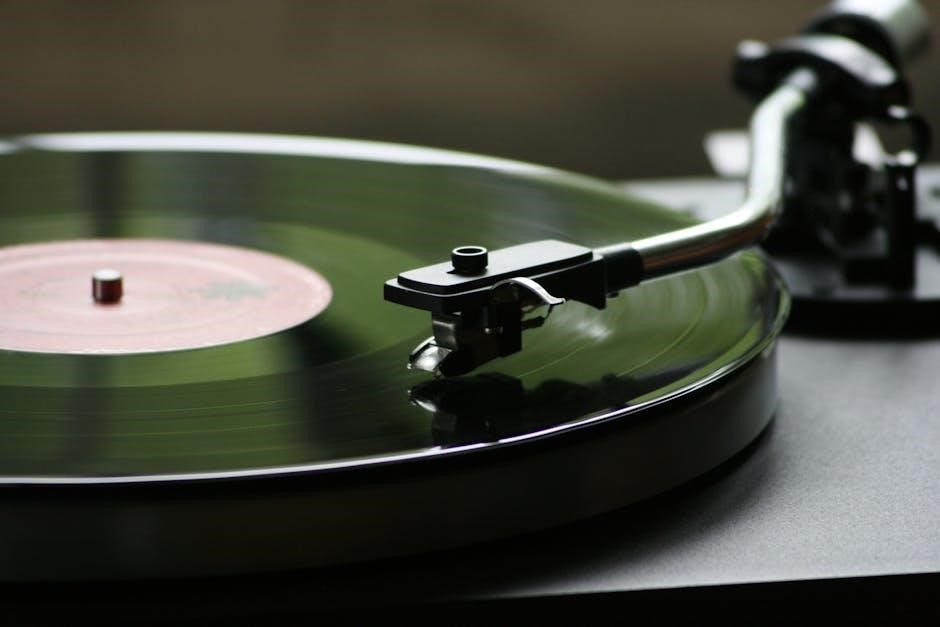
The selection of the appropriate machine needle is vital for achieving optimal results, as different fabrics and sewing techniques require specific needle types. Factors such as fabric weight, fiber content, and desired stitch appearance should all be considered when choosing a machine needle.
Machine needles are categorized by their point type, size, and coating, each of which contributes to the needle’s performance. Regular point needles are suitable for general sewing, while ballpoint needles are designed for knit fabrics. Specialty needles, such as jeans needles and stretch needles, cater to specific fabric types and sewing needs;
Understanding the different types of machine sewing needles and their intended uses is crucial for any sewer looking to achieve professional-quality results. By selecting the right needle for the job, you can ensure smooth stitching, prevent fabric damage, and create garments and projects that stand the test of time;
Regular Point Needles
Regular point needles, also known as universal needles, are the workhorses of the sewing machine world. Their design makes them suitable for a wide array of woven fabrics. Featuring a slightly rounded point, these needles smoothly penetrate fabric without causing excessive damage, making them a dependable choice for many projects.
These needles are your go-to option for projects involving cotton, linen, silk, and synthetic blends. A regular point needle is a must-have in any sewer’s toolkit. Their versatility makes them an excellent option for both beginners and experienced sewists.
Available in various sizes, regular point needles accommodate different fabric weights. Smaller sizes are best for delicate fabrics. Larger sizes are suitable for heavier materials. Choosing the right size is crucial for achieving balanced stitches and preventing needle breakage.
Keep in mind that while regular point needles perform admirably on woven fabrics, they are not ideal for knit fabrics. Using a regular point needle on knit fabrics can cause skipped stitches or damage to the fabric fibers. For knit fabrics, ballpoint needles are the preferred choice.
Ballpoint Needles
Ballpoint needles are specifically designed for knit fabrics. Unlike regular point needles that pierce fabric, ballpoint needles feature a rounded tip that gently pushes the fabric fibers aside, preventing snags and runs. This unique design preserves the elasticity and integrity of knit materials.
These needles are perfect for sewing jersey, interlock, rib knits, and other stretchy fabrics. By using a ballpoint needle, you can ensure smooth, even stitches without damaging the delicate knit structure. This helps maintain the fabric’s drape and prevents unsightly holes or ladders.
Different sizes of ballpoint needles are available to accommodate various knit weights. Finer knits require smaller needle sizes, while heavier knits benefit from larger sizes. Selecting the correct size is essential for achieving optimal stitch quality and preventing needle breakage.
Keep in mind that ballpoint needles are not suitable for woven fabrics. The rounded tip can cause skipped stitches and a less-than-professional finish. For woven fabrics, stick with regular point needles.
Ballpoint needles are a must-have for anyone who sews with knit fabrics regularly. Their unique design makes them the ideal choice for preserving the beauty and integrity of your knit creations.
Super Stretch Needles
Super stretch needles are engineered to handle highly elastic fabrics, such as spandex, Lycra, and power net. These fabrics demand a needle that can prevent skipped stitches and maintain seam integrity, which is where super stretch needles excel. Their design focuses on creating trouble-free seaming on challenging materials.
The key feature of a super stretch needle is its specially designed eye and scarf. These features work in tandem to create a larger loop of thread, allowing the hook to catch the thread reliably, even when the fabric is stretched to its limit. This minimizes skipped stitches, ensuring a secure and professional finish.
When working with super stretch fabrics, using the correct needle is crucial. A standard needle can easily cause skipped stitches or even damage the fabric. Super stretch needles provide the necessary reliability and precision for achieving flawless results.
These needles are available in various sizes to accommodate different fabric weights. Choose a smaller size for lightweight stretch fabrics and a larger size for heavier ones. Always test the needle on a scrap of fabric before starting your project to ensure optimal performance.
Super stretch needles are an essential tool for anyone working with highly elastic fabrics, ensuring a smooth and professional sewing experience.
Jeans Needles
Jeans needles, also known as denim needles, are specifically designed for sewing through tough and heavy fabrics like denim, canvas, and twill. These needles are stronger and sharper than regular needles, allowing them to penetrate dense materials without breaking or bending.
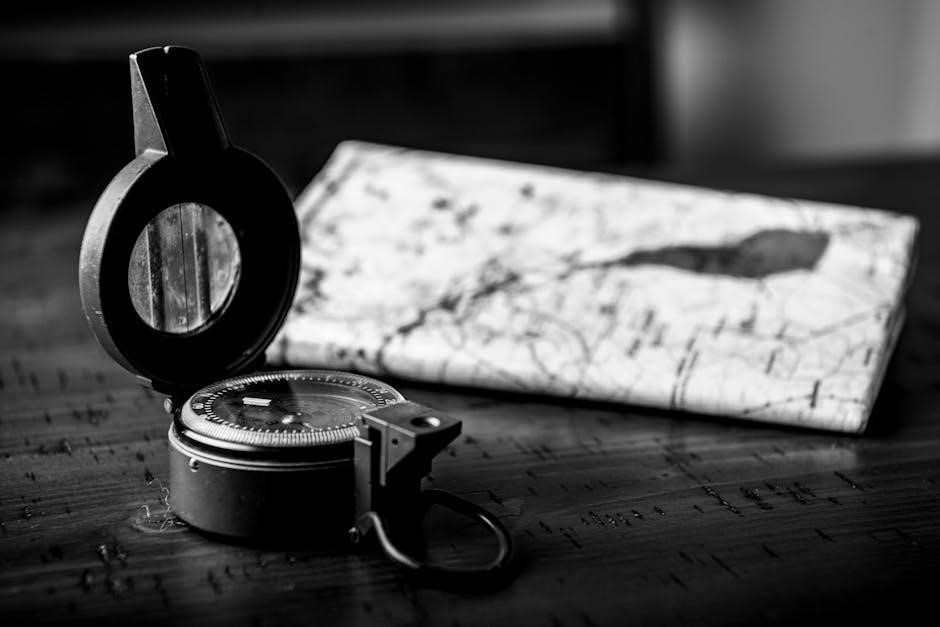
The key features of jeans needles include a reinforced shank and a sharp, acute point. The reinforced shank provides extra strength to withstand the stress of sewing through multiple layers of heavy fabric, while the sharp point easily pierces the material without damaging the fibers. This combination ensures smooth and even stitches, even on the thickest denim.
Jeans needles are available in various sizes, typically ranging from size 90/14 to 110/18. The appropriate size will depend on the weight of the denim you are using. For lighter denim, a smaller needle size is suitable, while heavier denim requires a larger needle size.
When sewing with jeans needles, it’s important to use a strong thread that can withstand the wear and tear that denim garments typically endure. A heavy-duty polyester or cotton-wrapped polyester thread is a good choice.
Using the correct needle and thread is essential for achieving professional-looking results when sewing denim. Jeans needles provide the strength and precision needed to create durable and long-lasting seams, ensuring that your denim projects stand up to everyday wear.
Twin Pointed Needles
Twin needles, also known as double needles, are a unique type of sewing machine needle that feature two needles mounted on a single shank. This design allows you to create two parallel rows of stitches simultaneously, adding a decorative touch to your sewing projects. Twin needles are commonly used for hemming, pintucking, and creating decorative topstitching.
The distance between the two needles can vary, ranging from 1.6mm to 8.0mm, allowing you to create different stitch widths. When selecting a twin needle, it’s important to consider the type of fabric you’re working with and the desired stitch effect. For delicate fabrics, a narrower needle spacing is recommended, while heavier fabrics can handle a wider spacing.
When using a twin needle, you’ll need two spools of thread, one for each needle. Thread each needle separately, following your sewing machine’s threading instructions. It’s also important to adjust your machine’s tension settings to ensure balanced stitches.
Twin needles can be used with a variety of stitch patterns, including straight stitches, zigzag stitches, and decorative stitches. Experiment with different stitch settings to create unique and eye-catching designs. However, some sewing machines may not be compatible with all stitch patterns when using a twin needle, so it’s important to consult your machine’s manual.
With a little practice, twin needles can add a professional and decorative touch to your sewing projects.
